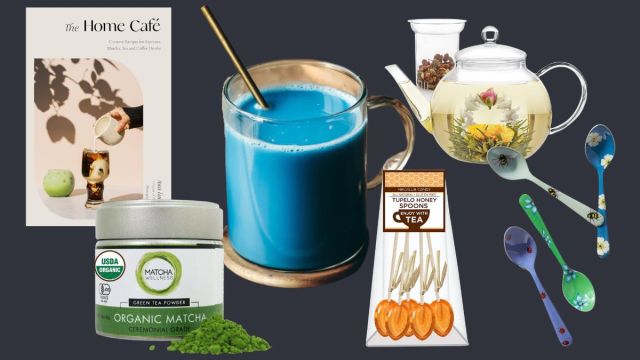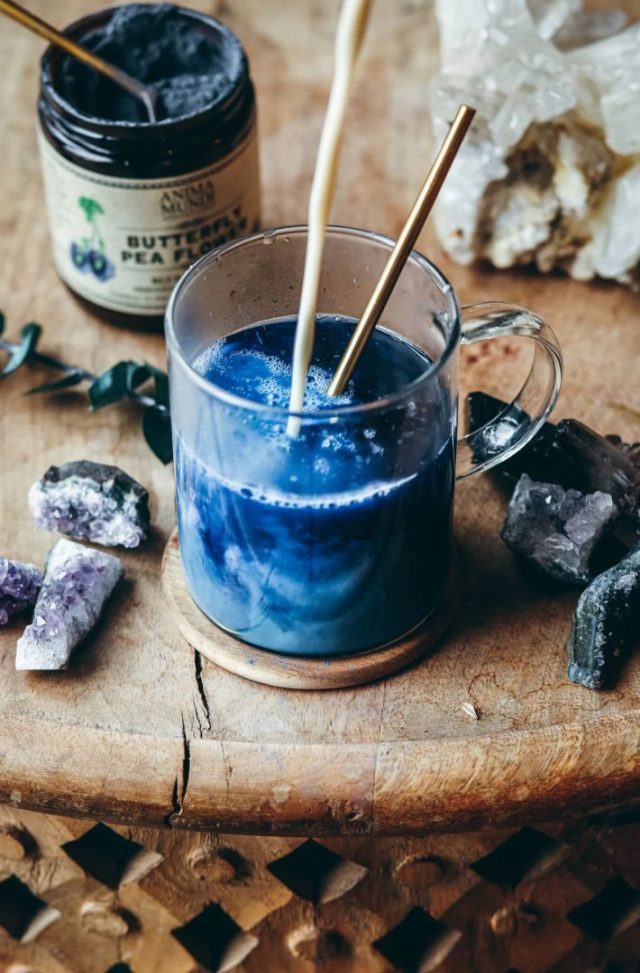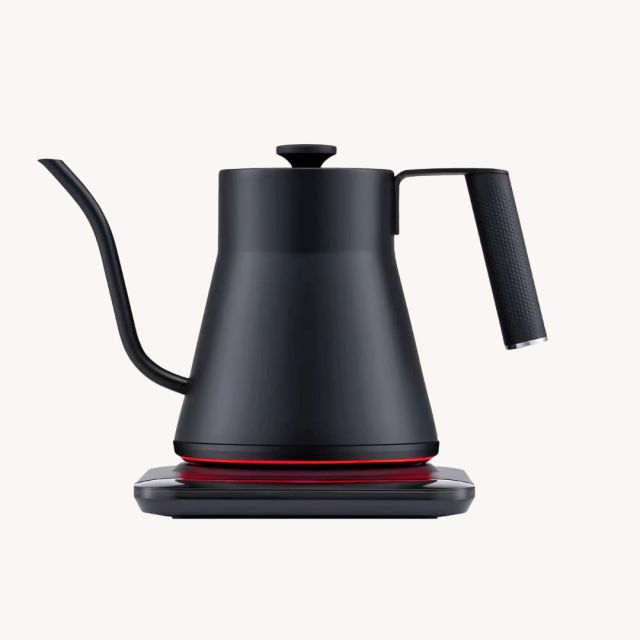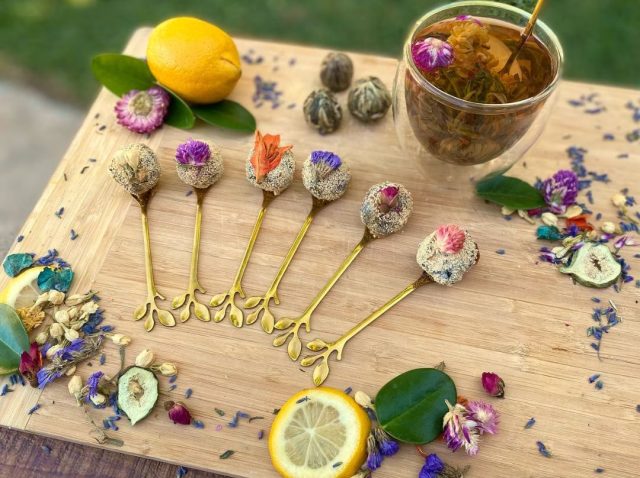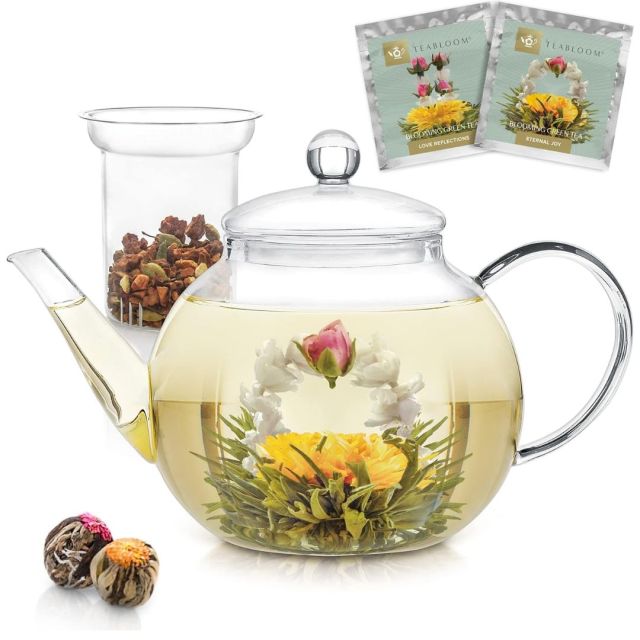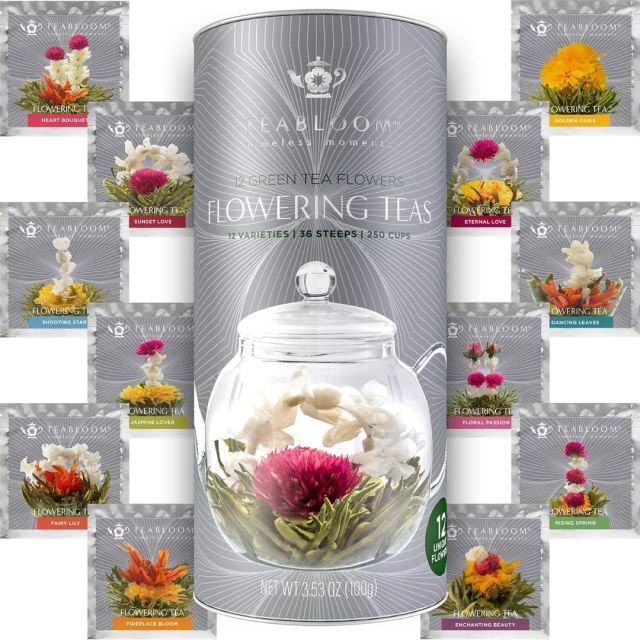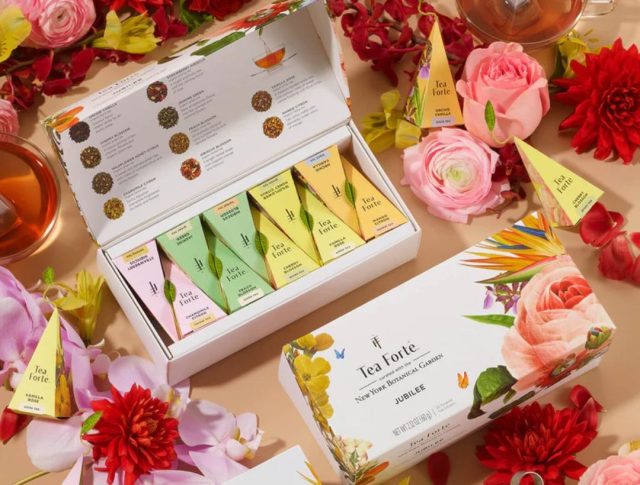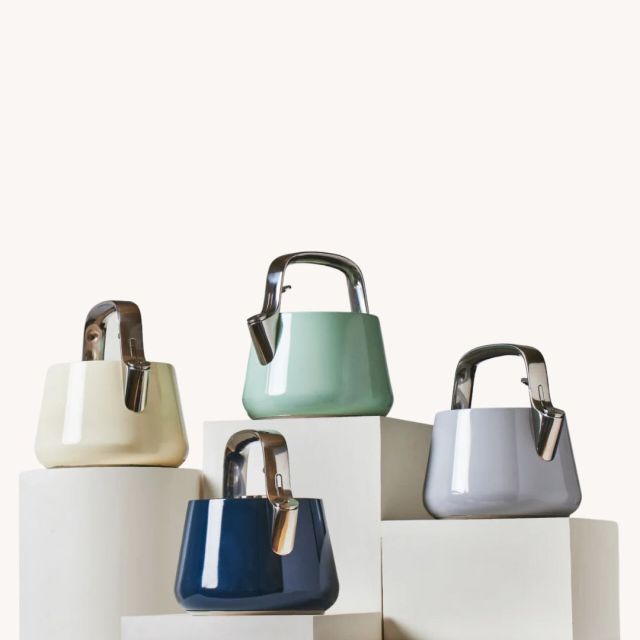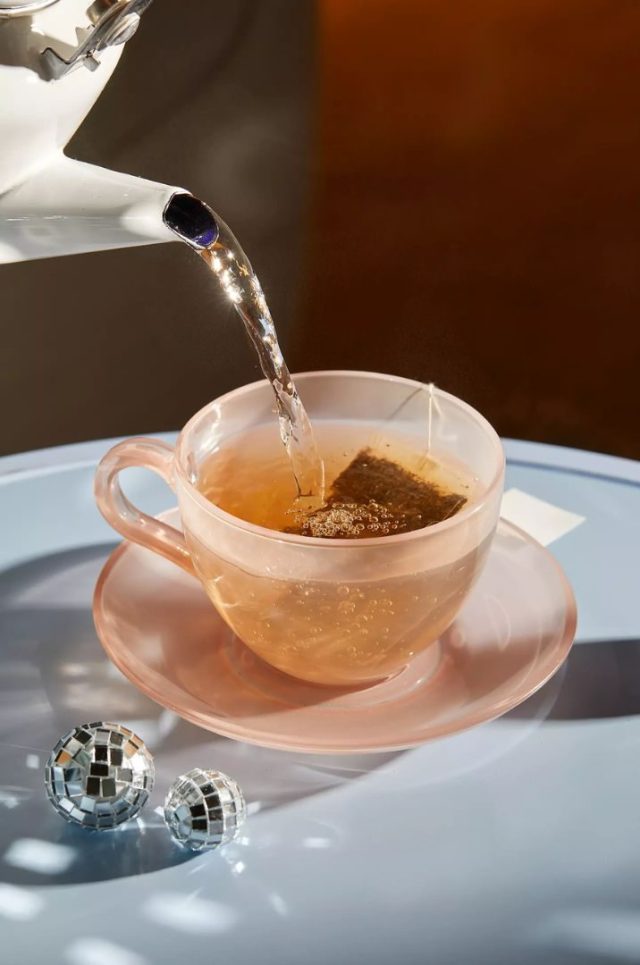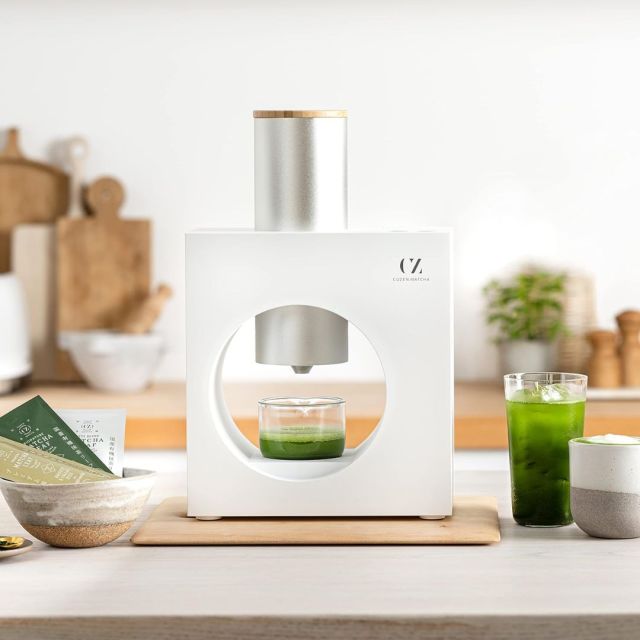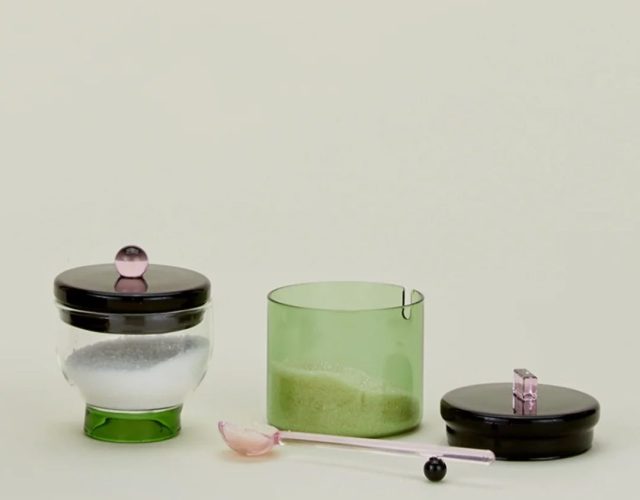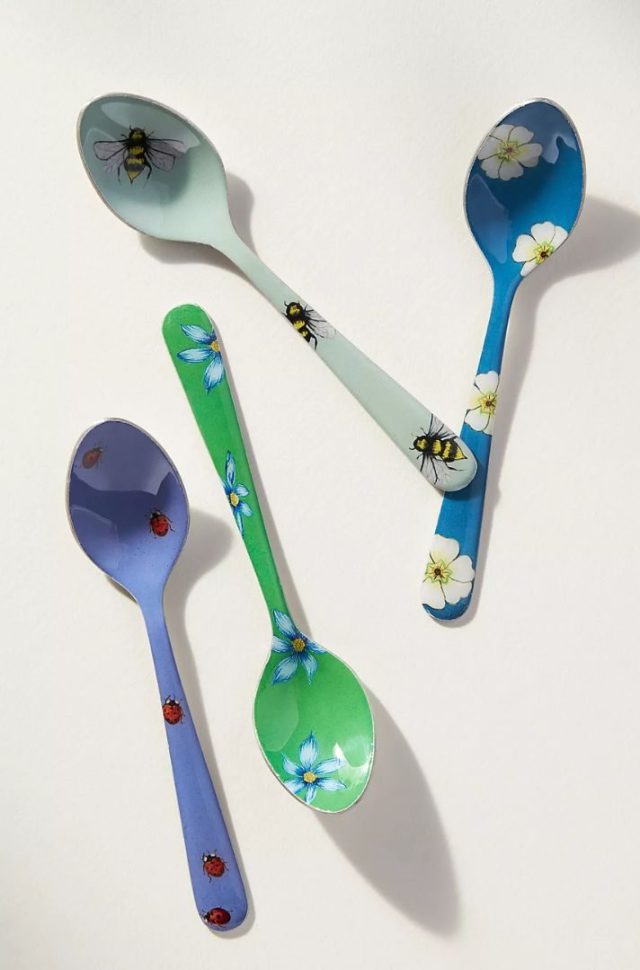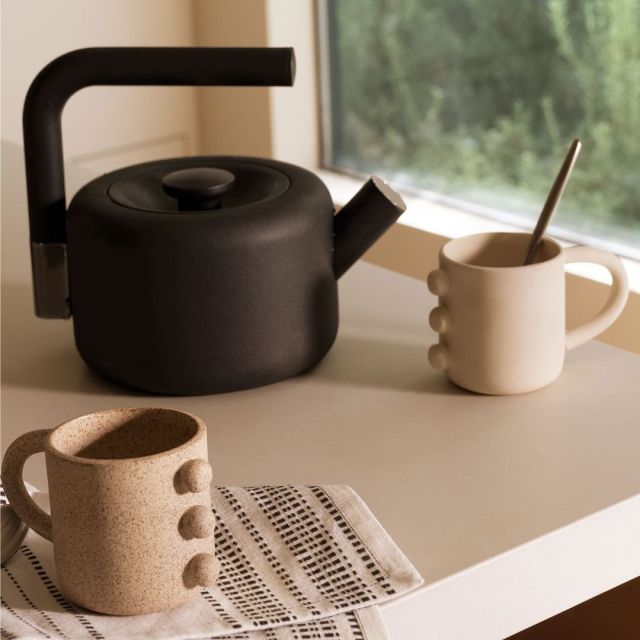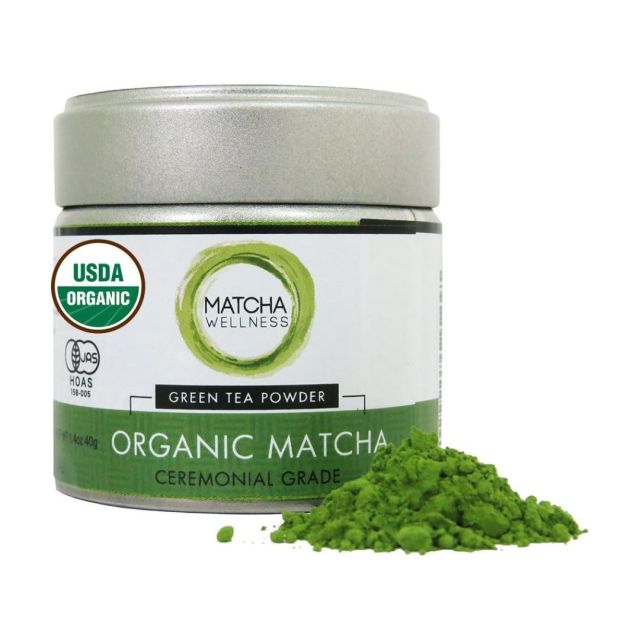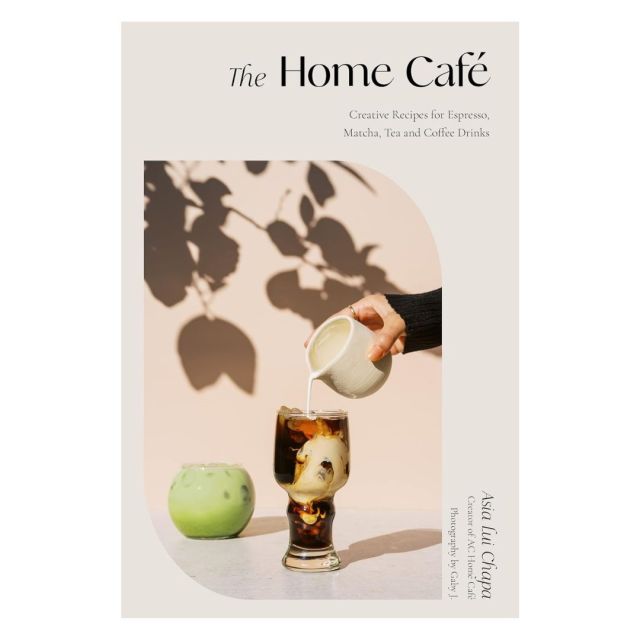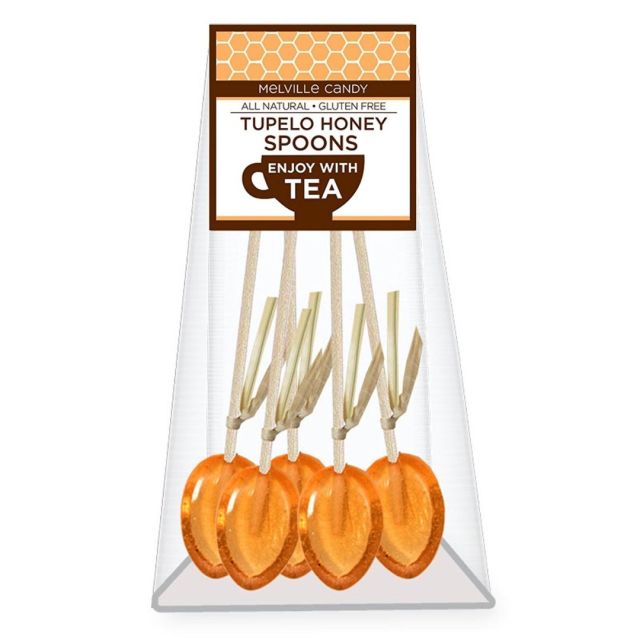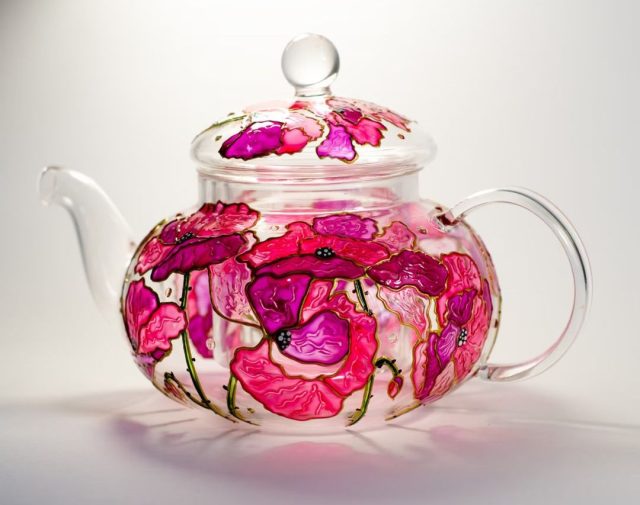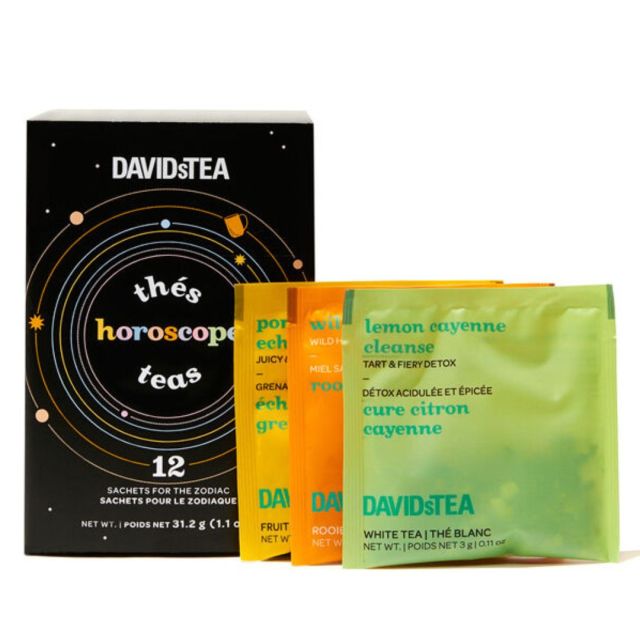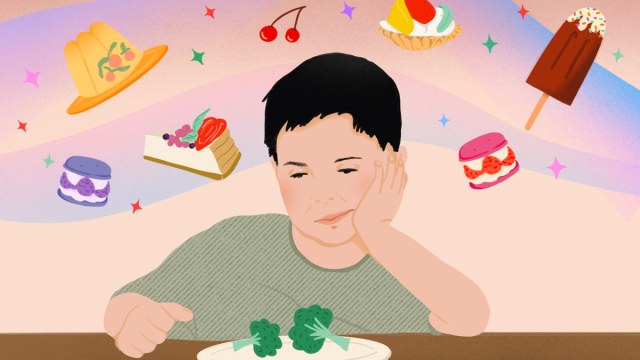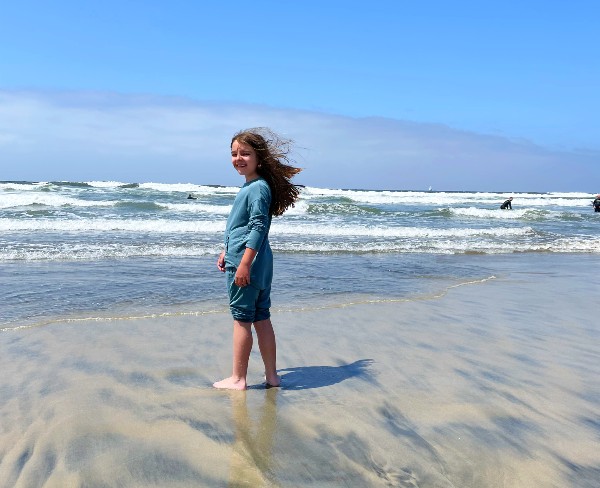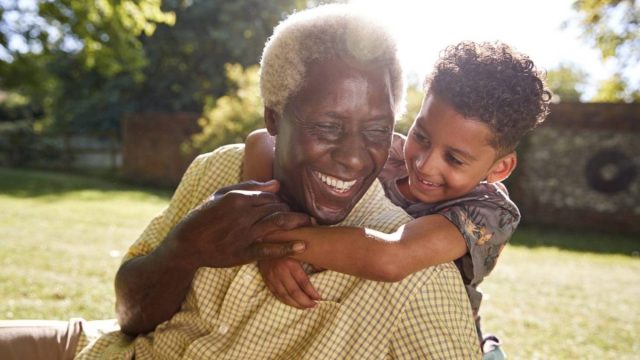“Can I have a special treat?” As a mom of young children, I hear this request upwards of 20 times a day from my two daughters. In my attempts to prevent treats from becoming forbidden fruit, I’ve inadvertently built a sugar-obsessed house. There’s nothing wrong with kids having cookies; the trouble comes when your child suddenly wants nothing but cookies. So how can parents help their kids achieve any semblance of nutritional balance? Especially when many underestimate exactly how much sugar their kids are regularly eating. How can we help younger family members love broccoli as much as they love cake—or at least come close?
The case against sugar
To no one’s surprise, sugar isn’t good for you. And Dr. Andrea Anater, senior public health nutrition researcher and adjunct professor of nutrition at the University of North Carolina at Chapel Hill, confirms that excessive consumption can lead to obesity, dental decay, cardiovascular disease, hypertension and diabetes. In fact, the American Association of Pediatrics recommends avoiding all added sugar for children under age 2 because little ones need to focus on nutrient-dense foods instead. Plus, kids are developing taste preferences, and an early introduction to sugar will make them more likely to seek out candy as a bigger kid.
How to tame your kid’s sugar obsession:
Teach your child about cues.
Interestingly, we’re all born knowing how to eat healthily. Natural appetite cues help regulate our food choices and initial eating habits. But if parents start restricting certain foods and pushing others, then that self-regulation starts to break down, Anater says. “Making a big deal out of sweet foods or desserts elevates them above all other foods, including those that you wish to get them to eat,” she says. So if the kitchen conversation is all about how the lollipops are off-limits, then kids can become distracted and unable to focus on other foods.
Instead, teach your child how to listen to their bodies and any cravings. You might ask, “Do you want to eat something crunchy or soft right now? Cold or warm? Salty or a little bit sweet?” Put some options on the table. Taste them together. Talk about how the foods make you feel inside. Energetic or tired? Satisfied or super full? Take the conversation as far as you like and always be open to chatting about food without shame or blame.
Involve little helpers.
Much like we’re all born knowing how to eat well, we’re also born natural helpers. Tap into this instinct by asking your kids to help plan meals, shop for food, and cook. This places the focus on wholesome meals (rather than snacks), it teaches kids by doing and it’s also a great bonding experience, Anater says. Instead of tossing a box of brownies into your grocery cart, make the goods from scratch with your children helping in all the ways they can.
Model healthy habits.
One of the most important ways to show your kids how to enjoy sweets without obsessing over them is to embody this ethos yourself. Eat together as a family as much as possible and enjoy a variety of healthful foods, Anater says. (Dining with your whole crew actually has health benefits of its own.)
Related: Is This Normal? My Toddler Refuses to Eat
Be conscious of how you’re talking about and consuming sweets, keeping things positive and measured. For example, if you’re at an ice cream store, you can chat about the different flavors and which is your favorite while ordering a scoop of it. When a cupcake is offered to you at a birthday party, you can accept it graciously and eat it with your child. No commentary—like “I can never say no to dessert!” or “I shouldn’t eat this, but I will because I’ve been good all week”—necessary.
Serve dessert with the meal.
Jennifer Anderson, a registered dietitian and the founder of Kids Eat in Color, swears by serving a small dessert with the meal itself. This normalizes dessert and, believe it or not, actually makes it more likely that they’ll eat more of what’s on their plate. We’re looking at you, peas and carrots! Stick with this routine, don’t make a big fuss over it and your kids will start to consider a few bites of chocolate as part of a balanced meal, not a bribe or reward for eating healthy foods.
Let your child have a say.
Our kids always appreciate it when they have options. So why not let them choose when to have their chocolate chips? Anderson recommends this tip for giving your children some agency over their meals. Offer to serve your child their chocolate with lunch or dinner and then honor their request.
Don’t make a big deal out of dessert.
Almost everyone looks forward to a treat, but talking about it, stressing about it, creating strict rules around treats or calling them a “reward” will only make them more desirable, both Anater and Anderson agree.
Offer sweets or desserts without major commentary and as often as you see fit. For instance, if you’re hosting a barbecue, and there’s an outdoor fire pit, it’s perfectly fine to break out the chocolate, marshmallows and graham crackers to make s’mores after you’ve enjoyed your hot dogs and hamburgers. And if your kids are running around in the sun, why not offer a popsicle to help them cool down? Keep it casual and create positive memories and experiences around food.
Call it what it is.
Instead of calling it “dessert” or a “treat” or “sweet,” just go ahead and call it a cookie or ice cream or a piece of cake. This takes the cookie off the pedestal that it so often finds itself on, according to Anderson. Similarly, avoid using phrases like “bad” or “not good for you” when describing the food.
Edit your pantry.
Open your cabinets to see what might catch your child’s eye. Are there boxes of cookies and bags of candy everywhere? Consider limiting the availability of unhealthy foods so there aren’t quite so many options for your kid to grab. Your pantry should be full of grains, beans, nuts, spices, seasonings and oils, with just a few ready-to-eat sweets.
And keep an eye out for added sugar on labels, with words like fructose or high-fructose corn syrup, glucose, honey, lactose and sucrose, Anater warns. Training your child’s palate away from sugar is a good idea.
Offer better options.
So what else can you offer your kid to eat when they’re constantly asking for treats? Anater has a whole list of suggestions: whole fruits; cheese sticks; hard-boiled eggs; hummus and carrot sticks or pretzels; unsweetened dry cereal; unsweetened dried fruit; homemade frozen fruit pops; Greek yogurt; fruit and vegetable smoothies; and peanut butter on celery, apples or bananas. And just save the sweets for their dinner plate!
